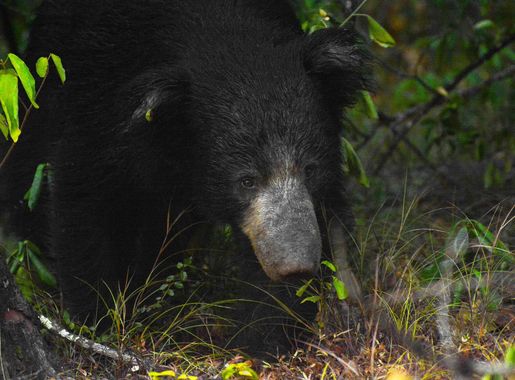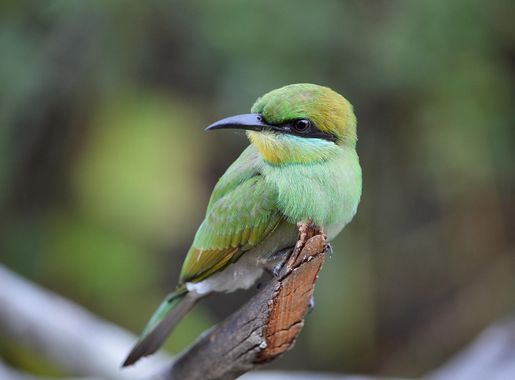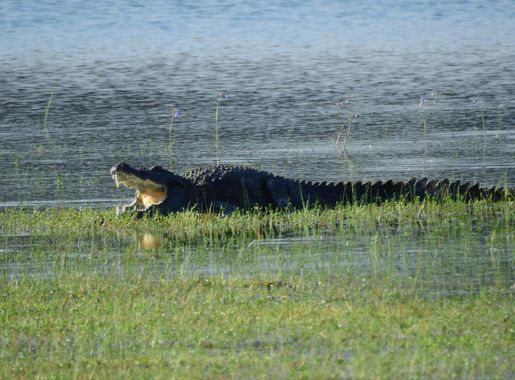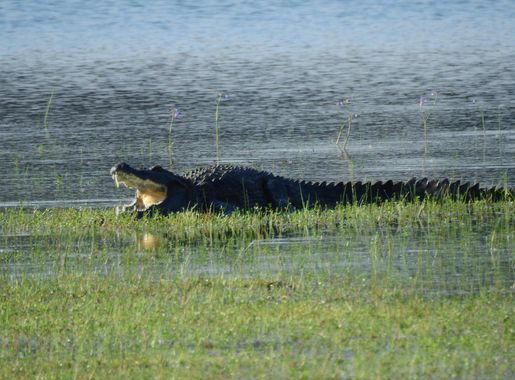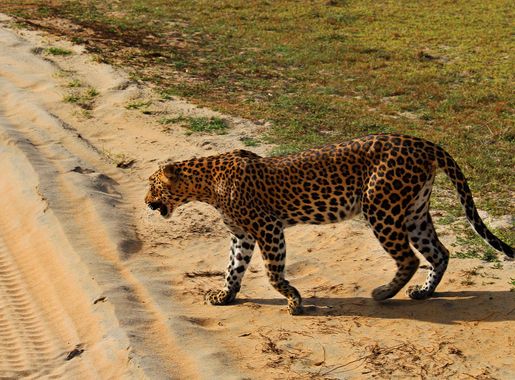
Wilpattu National Park: Sri Lanka's Untamed Wilderness
Discover Wilpattu National Park, Sri Lanka's largest wildlife sanctuary, home to leopards, elephants, and a rich diversity of birds, set amidst serene natural lakes and lush forests.
Wilpattu National Park, located in the northwest of Sri Lanka, is the island's largest and oldest national park. Known for its unique 'Willus' or natural lakes, the park spans an impressive 1,317 square kilometers. These lakes are a haven for wildlife, attracting a diverse array of animals and birds. The park is renowned for its leopard population, making it one of the best places in Sri Lanka to witness these majestic creatures in their natural habitat. Aside from leopards, visitors can also spot elephants, sloth bears, and a variety of deer. Birdwatchers will be delighted by the park's rich avian life, including endemic species like the Ceylon Junglefowl and the Brown-capped Babbler. Exploring Wilpattu offers a unique blend of adventure and tranquility. The park's lush forests, open grasslands, and serene lakes provide a picturesque setting for safari experiences. Whether you're an avid wildlife photographer or simply a nature enthusiast, Wilpattu National Park promises an unforgettable journey into the heart of Sri Lanka's wild beauty.
Local tips in Wilpattu National Park
- Visit during the dry season from February to October for the best wildlife sightings.
- Hire a knowledgeable guide to enhance your safari experience and increase your chances of spotting elusive animals.
- Wear neutral-colored clothing to blend in with the natural surroundings and avoid startling the wildlife.
- Carry plenty of water and snacks, as facilities inside the park are limited.
- Bring binoculars and a good camera to capture the stunning wildlife and landscapes.
- Stay overnight at nearby eco-lodges for an immersive experience and early morning safaris.
Wilpattu National Park: Sri Lanka's Untamed Wilderness
Wilpattu National Park, located in the northwest of Sri Lanka, is the island's largest and oldest national park. Known for its unique 'Willus' or natural lakes, the park spans an impressive 1,317 square kilometers. These lakes are a haven for wildlife, attracting a diverse array of animals and birds. The park is renowned for its leopard population, making it one of the best places in Sri Lanka to witness these majestic creatures in their natural habitat. Aside from leopards, visitors can also spot elephants, sloth bears, and a variety of deer. Birdwatchers will be delighted by the park's rich avian life, including endemic species like the Ceylon Junglefowl and the Brown-capped Babbler. Exploring Wilpattu offers a unique blend of adventure and tranquility. The park's lush forests, open grasslands, and serene lakes provide a picturesque setting for safari experiences. Whether you're an avid wildlife photographer or simply a nature enthusiast, Wilpattu National Park promises an unforgettable journey into the heart of Sri Lanka's wild beauty.
When is the best time to go to Wilpattu National Park?
Iconic landmarks you can’t miss
Victoria Randenigala Rantembe Sanctuary
Explore the stunning wildlife and scenic beauty of Victoria Randenigala Rantembe Sanctuary, a captivating refuge in Sri Lanka's lush wilderness.
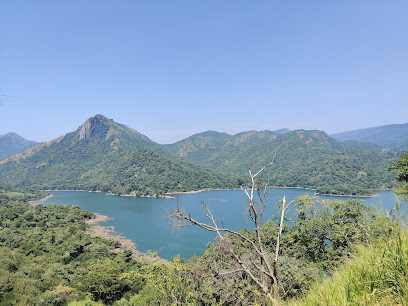
Sripada Peak Wilderness Sanctuary
Discover the breathtaking beauty and spiritual significance of Sripada Peak Wilderness Sanctuary in the heart of Sri Lanka, a must-visit for nature lovers and spiritual seekers.
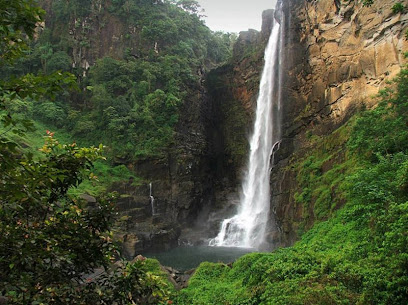
Wasgamuwa National Park
Explore Wasgamuwa National Park, Sri Lanka's hidden gem, teeming with vibrant wildlife, lush landscapes, and a rich tapestry of history.
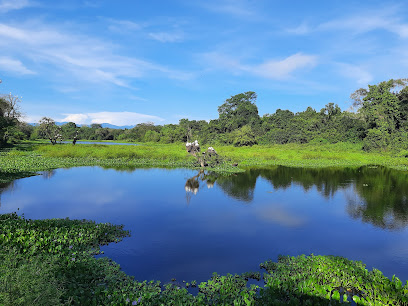
Maduru Oya National Park
Discover the breathtaking wildlife and serene landscapes of Maduru Oya National Park, a gem in Sri Lanka's natural heritage.
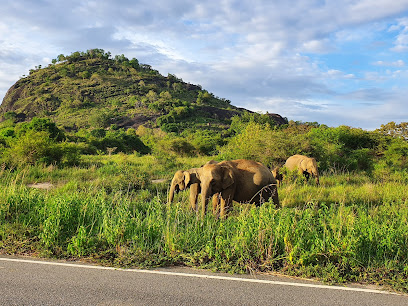
Somawathiya National Park
Discover the natural beauty and historical significance of Somawathiya National Park in Sri Lanka, a serene escape for nature lovers and adventure seekers.
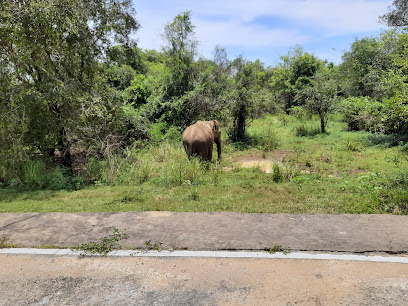
Chundikulam Bird Sanctuary
Explore the stunning Chundikulam Bird Sanctuary in northern Sri Lanka, a paradise for birdwatchers and nature lovers with diverse wildlife and beautiful landscapes.
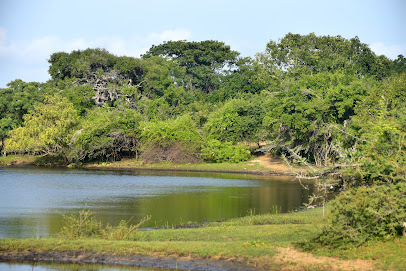
Lahugala Kitulana National Park
Discover Lahugala Kitulana National Park, a serene escape filled with diverse wildlife, stunning landscapes, and rich historical remnants in Sri Lanka's captivating nature.
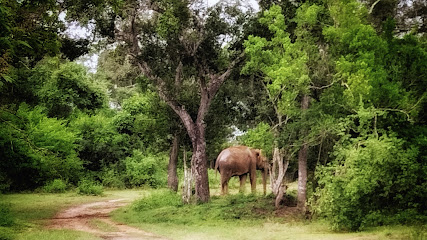
Wilpattu Nature Resort
Experience the natural beauty and serene luxury of Wilpattu Nature Resort, your gateway to Sri Lanka's wildlife wonders and tranquil landscapes.

Angammedilla National Park
Explore Angammedilla National Park, Sri Lanka's hidden gem of biodiversity and serene landscapes perfect for wildlife enthusiasts.
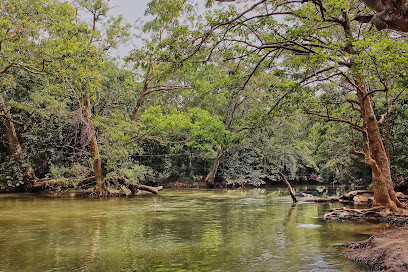
Big Game Camp - Wilpattu
Discover the beauty of Wilpattu National Park at Big Game Camp - an unforgettable wildlife experience in the heart of nature.

Anawilundawa Bird Sanctuary
Explore the breathtaking Anawilundawa Bird Sanctuary, a serene nature preserve in Sri Lanka, perfect for birdwatching and reconnecting with nature.
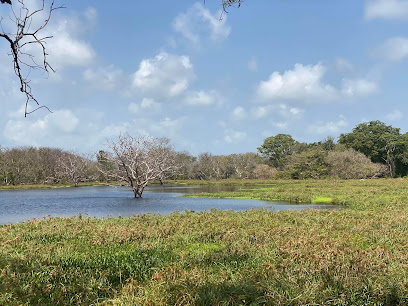
Wilpattu Tree House Hotel
Experience the beauty of nature at Wilpattu Tree House Hotel, your perfect base for exploring Wilpattu National Park's wildlife and landscapes.
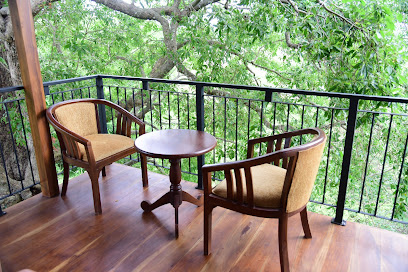
Wilpattu Wildhideaway
Experience the serenity of Wilpattu Wildhideaway, your gateway to the breathtaking Wilpattu National Park and its vibrant wildlife.

Wilpattu Safari Camp
Discover the wild beauty of Wilpattu Safari Camp, your gateway to adventure in Sri Lanka's oldest national park, rich in wildlife and stunning landscapes.

Thamaravila Wilpattu - Luxury Tented Safari Chalets
Discover the perfect blend of luxury and wilderness at Thamaravila Wilpattu, your gateway to unforgettable Sri Lankan safari adventures.
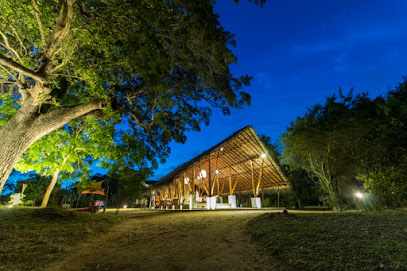
Unmissable attractions to see
Pidurangala Rock
Explore the breathtaking heights of Pidurangala Rock, where nature meets history amidst stunning views of Sigiriya's ancient landscapes.
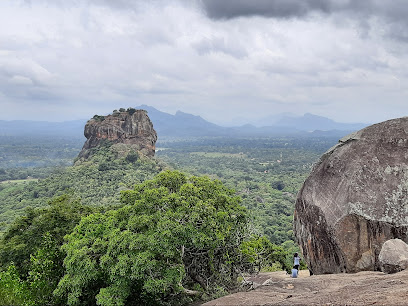
Minneriya National Park
Discover the beauty of Minneriya National Park, home to magnificent elephants, diverse wildlife, and stunning landscapes in the heart of Sri Lanka.

Wasgamuwa National Park
Explore Wasgamuwa National Park, a wildlife paradise in Sri Lanka, renowned for its diverse ecosystems and incredible safari experiences.
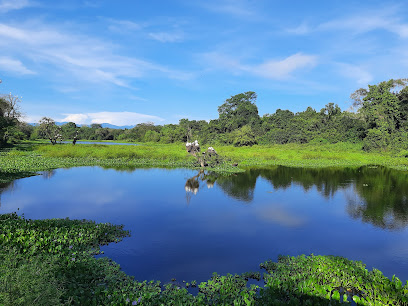
Ritigala Strict Natural Reserve
Explore the serene Ritigala Strict Natural Reserve, where ancient history meets breathtaking natural beauty in the heart of Sri Lanka.
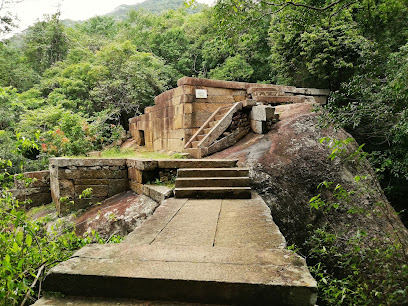
Dilum wilpattu safari jeep service
Discover the breathtaking wildlife of Wilpattu National Park with Dilum Wilpattu Safari Jeep Service, where adventure meets nature's beauty.
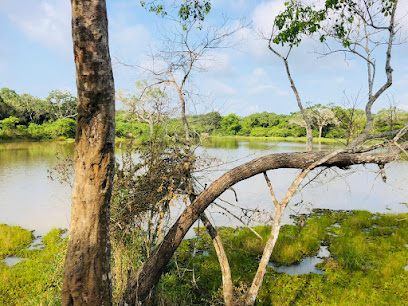
Anawilundawa Bird Sanctuary
Discover the serene beauty of Anawilundawa Bird Sanctuary, a pristine nature preserve teeming with diverse bird species and lush landscapes in Sri Lanka.
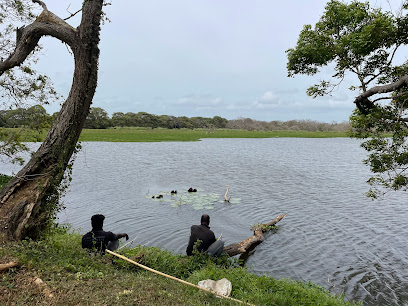
Neelabemma
Explore the captivating beauty and rich culture of Neelabemma, a hidden gem in Sri Lanka, perfect for nature lovers and cultural enthusiasts.
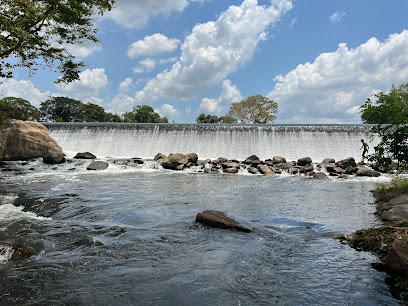
Palace of Queen Kuweni
Explore the Palace of Queen Kuweni, a historical gem in Puttalam, Sri Lanka, where legends of royalty and ancient architecture come to life.
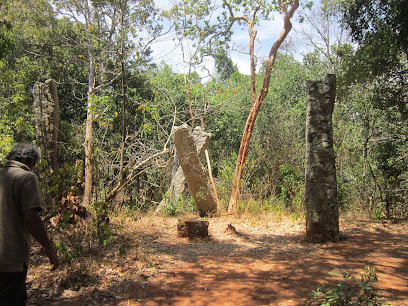
Manawila Wildlife Department Bungalow
Explore the serene beauty of Manawila Wildlife Department Bungalow, a perfect escape for wildlife enthusiasts and nature lovers in Sri Lanka.

View place viyagadikkulam
Experience the serene beauty and cultural richness of Viyagadikkulam, a hidden gem in Marichchukkaddi, Sri Lanka.
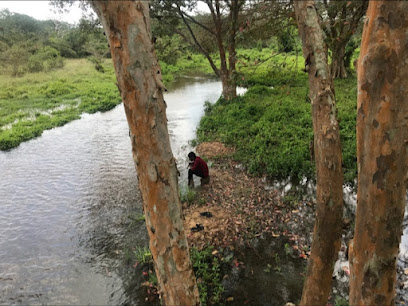
Viyadi Kulam
Discover the serene beauty of Viyadi Kulam, a natural lake in Marichchukkaddi, perfect for relaxation and immersing in nature's tranquility.
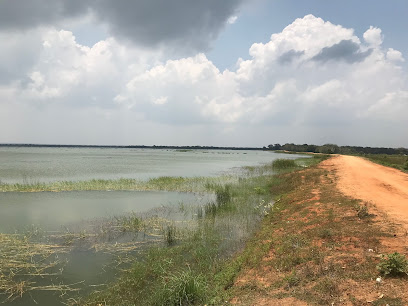
Thekkam river dam ( Wilpattu national park)
Experience the serene beauty of Thekkam River Dam in Wilpattu National Park, a hidden gem for nature lovers and adventure seekers alike.
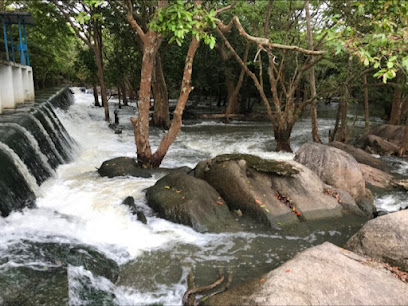
Neela Bamma Fence Project
Experience the captivating beauty and cultural significance of Neela Bamma Fence Project in Ihala Puliyankulama, Sri Lanka.
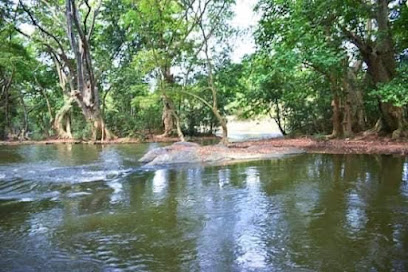
Karadikkuly beach side
Experience the tranquil charm of Karadikkuly Beach Side, a serene coastal paradise in Sri Lanka perfect for relaxation and natural beauty.
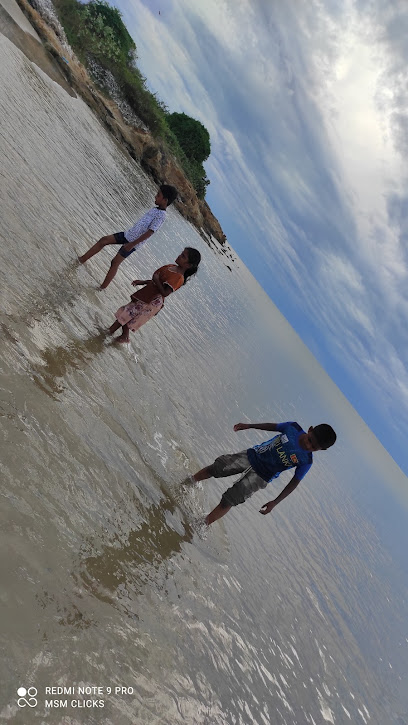
Kibulwala
Explore the serene beauty and rich culture of Kibulwala, a hidden gem in Pomparippu, Sri Lanka, perfect for nature lovers and cultural enthusiasts.
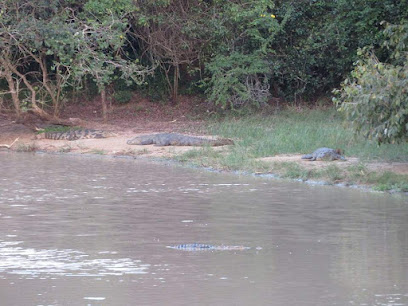
Essential places to dine
Wilpattu National Park
Explore Wilpattu National Park - A Wildlife Sanctuary Rich in Biodiversity and Natural Wonders in Sri Lanka.
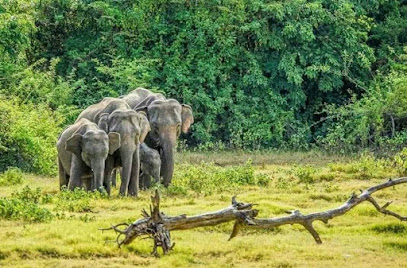
Hill Cool Restaurant හිල් කූල් රෙස්ටුරන්ට්
Experience authentic Sri Lankan cuisine amidst breathtaking hill country views at Hill Cool Restaurant in Kotagala.
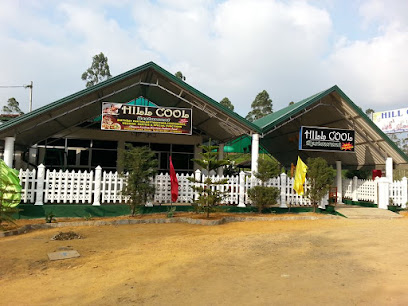
U-Point Restaurant
Experience authentic Sri Lankan flavors at U-Point Restaurant in Kalametiya, where stunning views meet delightful cuisine.

Meet & Eat (Indian Family Restaurant)
Savor authentic Indian cuisine at Meet & Eat - a family-friendly restaurant in Eravur serving delicious dishes in a warm atmosphere.
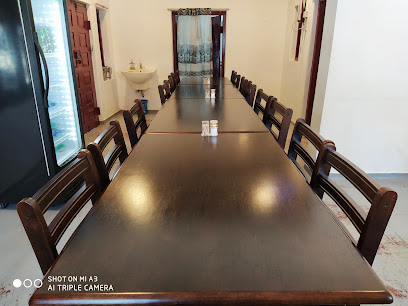
Cloud Nine Wilpattu by Aaradhya
Experience unparalleled luxury amidst nature at Cloud Nine Wilpattu - your gateway to Sri Lanka's wildlife wonders.
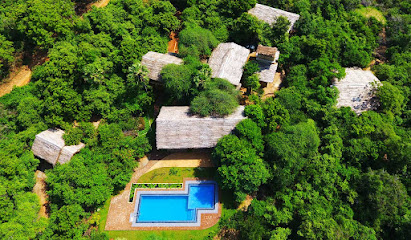
Wilpattu Nature Resort
Experience the tranquility of nature at Wilpattu Nature Resort in Eluwankulama - your gateway to Sri Lanka's breathtaking wilderness.

Ceylon resort wilpattu
Discover natural beauty and comfort at Ceylon Resort Wilpattu - your gateway to unforgettable wildlife experiences.
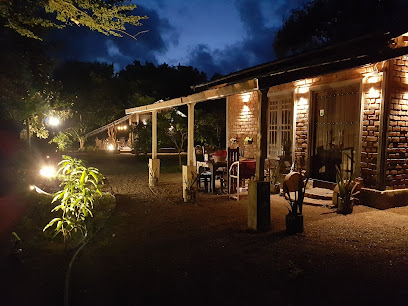
Big Game Camp - Wilpattu
Experience the thrill of wildlife adventures at Big Game Camp - Wilpattu, where comfort meets nature in Sri Lanka's stunning national park.
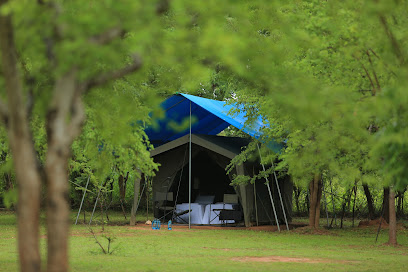
Leopard Den Hotel
Discover wildlife adventures and serene accommodations at Leopard Den Hotel near Wilpattu National Park.

Wilpattu Gate Family Restaurant
Experience authentic Sri Lankan cuisine at Wilpattu Gate Family Restaurant – where flavor meets family-friendly ambiance in Puttalam.
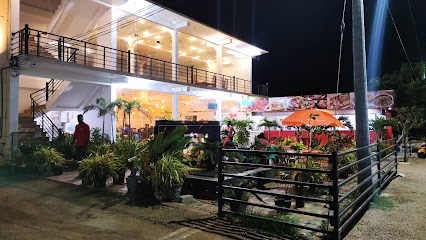
Wilpattu Tree House Hotel
Experience tranquility at Wilpattu Tree House Hotel - your gateway to nature's wonders near Wilpattu National Park.
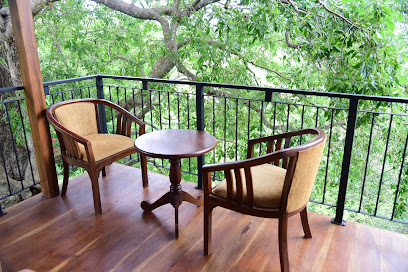
Green Sapphire Holiday Resort - Wilpattu(From SapphireBase)
Discover serene comfort at Green Sapphire Holiday Resort near Wilpattu National Park—perfect for nature lovers and adventure seekers alike.
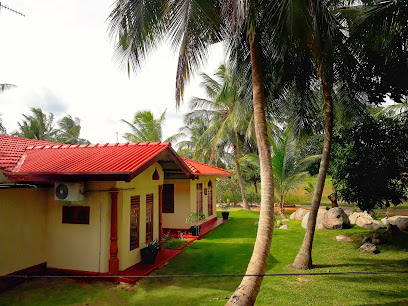
TFC Park Restaurant
Discover TFC Park Restaurant: A perfect blend of local flavors and outdoor charm in Akkaraipattu's municipal park.
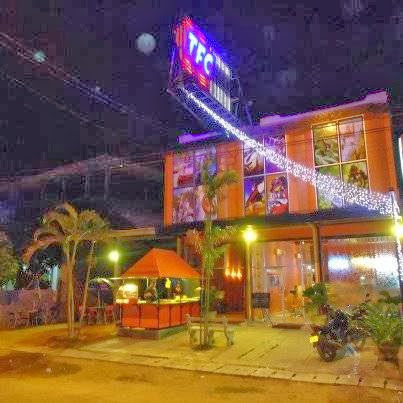
Kandiah Beach Family Restaurant
Experience authentic Sri Lankan cuisine at Kandiah Beach Family Restaurant with breathtaking ocean views and family-friendly atmosphere.
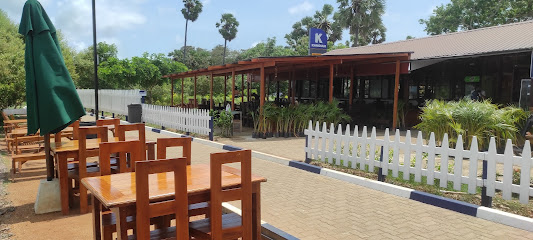
Lagoon Breeze Restaurant
Discover Lagoon Breeze Restaurant: A Culinary Gem on Puttalam-Colombo Road Offering Authentic Sri Lankan Cuisine in a Scenic Setting.
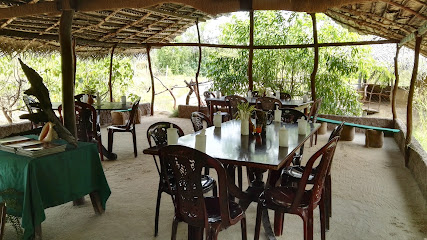
Markets, malls and hidden boutiques
Wilpattu National Park
Discover the breathtaking wildlife and serene landscapes of Wilpattu National Park, Sri Lanka's largest national park, perfect for nature lovers and adventure seekers.
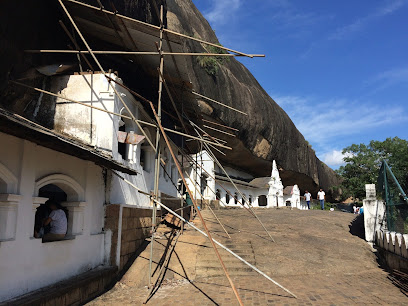
Dilum wilpattu safari jeep service
Experience the thrill of wildlife adventure at Dilum Wilpattu Safari Jeep Service, uniting nature and exploration in Sri Lanka's breathtaking landscapes.
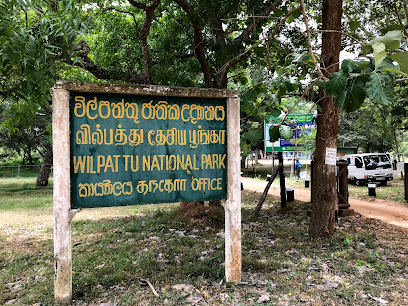
Wilpattu Nature Resort
Experience the beauty of nature and luxury at Wilpattu Nature Resort, the gateway to Sri Lanka's breathtaking wildlife.

Big Game Camp - Wilpattu
Experience the thrill of wildlife at Big Game Camp - Wilpattu, your gateway to adventure in Sri Lanka's stunning national park.
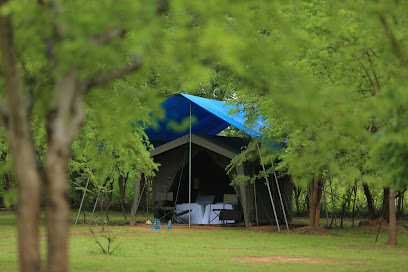
Wilpattu Tree House Hotel
Discover the enchanting Wilpattu Tree House Hotel, your gateway to nature and wildlife in the heart of Wilpattu Sanctuary.
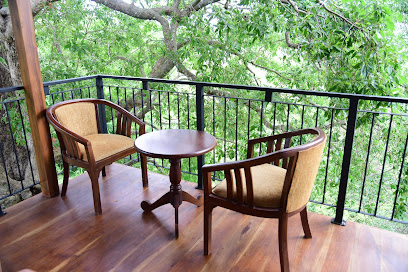
Wilpattu Safari Camp
Immerse yourself in the wild beauty of Sri Lanka at Wilpattu Safari Camp, where adventure and nature come together in perfect harmony.

Thamaravila Wilpattu - Luxury Tented Safari Chalets
Discover the perfect blend of luxury and nature at Thamaravila Wilpattu, where wilderness meets comfort in Sri Lanka's stunning landscapes.

Leopard Trails Wilpattu
Experience the beauty of Sri Lanka's wildlife at Leopard Trails Wilpattu, where luxury meets adventure in the heart of nature.

Visit Wilpattu
Discover the breathtaking wildlife and serene landscapes at Wilpattu National Park, a premier destination for nature lovers and adventure seekers in Sri Lanka.
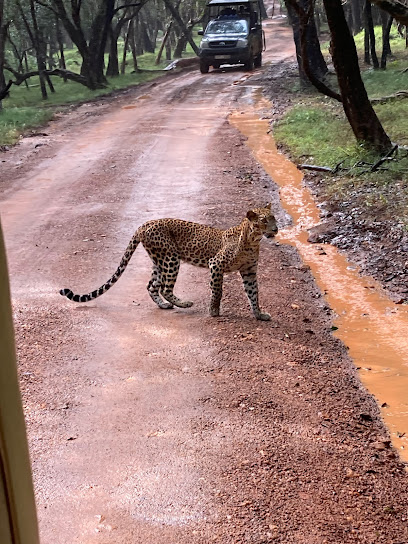
Wilpattu Wild Watch
Discover the beauty and wildlife of Sri Lanka at Wilpattu Wild Watch, your gateway to unforgettable adventures in nature.

Chocolate.lk
Discover the essence of Sri Lankan chocolate artistry at Chocolate.lk, where each bite tells a delicious story of local flavors and craftsmanship.

Bunny.srilanka
Discover the vibrant world of Sri Lankan fashion at Bunny.srilanka, where unique styles and local craftsmanship come together.

Wilpattu Lake Nest Resort
Discover the beauty of Wilpattu National Park with a cozy stay at Wilpattu Lake Nest Resort, where nature meets comfort.
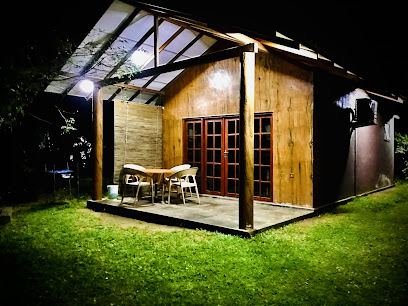
Wilpattu national park entrance
Explore the captivating wildlife and natural beauty of Wilpattu National Park, a premier destination for nature lovers in Sri Lanka.
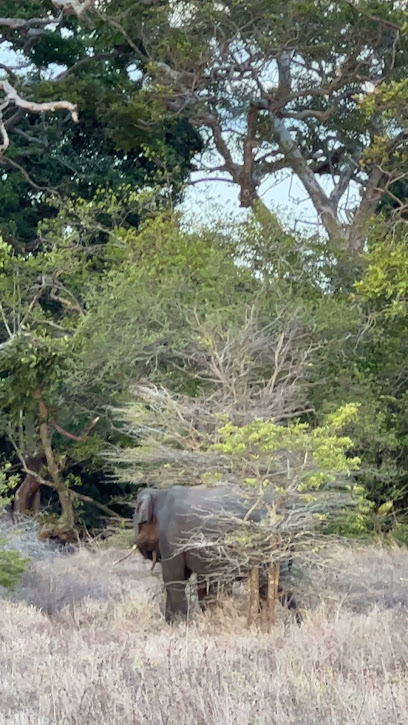
Leopard Safaris Wilpattu
Discover the wilderness of Sri Lanka at Leopard Safaris Wilpattu, your gateway to thrilling wildlife adventures and serene nature experiences.

Essential bars & hidden hideouts
Sigiriya Wew Thawulla Restaurant
Experience the flavors of Sri Lanka at Sigiriya Wew Thawulla Restaurant, a culinary gem in the heart of Sigiriya with stunning views and authentic dishes.
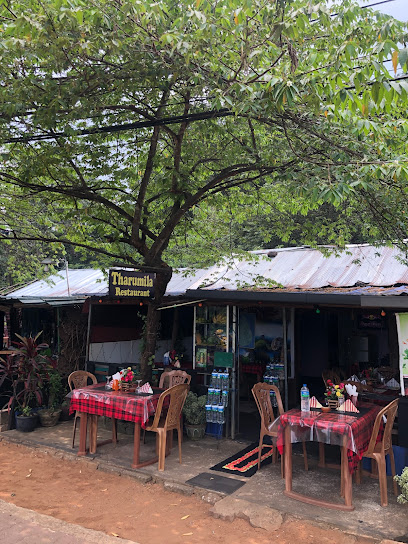
Rastarant Sigiriya
Discover the flavors of Sri Lanka at Rastarant Sigiriya, where authentic cuisine meets warm hospitality in a lush setting.

Sundaras Restaurant & Pool BAR
Experience the perfect blend of relaxation and flavor at Sundaras Restaurant & Pool BAR in Dambulla, where tropical vibes meet exquisite dining.
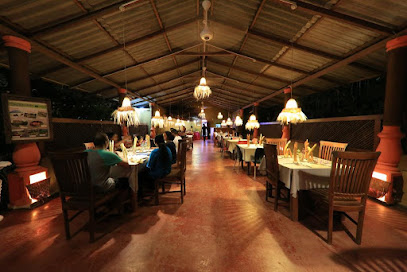
The Downtown Gastropub
Experience a unique fusion of local and international cuisine at The Downtown Gastropub, your perfect dining destination in Sigiriya.
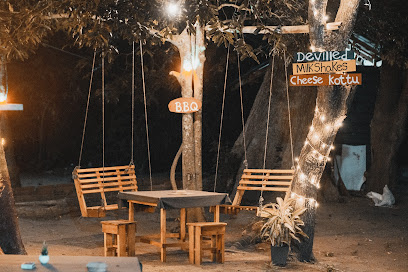
Machan Dambulla - මචං දඹුල්ල
Discover the vibrant atmosphere and delightful flavors at Machan Dambulla, the perfect pub for tourists in the heart of Sri Lanka.

Ceylon resort wilpattu
Experience the serene beauty of nature at Ceylon Resort Wilpattu, where luxury meets adventure in Sri Lanka's wildlife sanctuary.
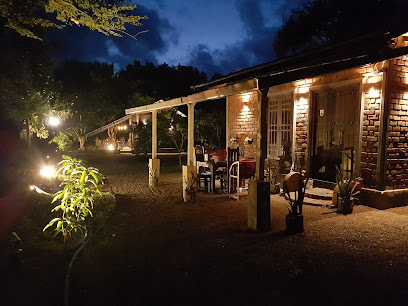
Big Game Camp - Wilpattu
Explore the untamed beauty of Wilpattu National Park at Big Game Camp, offering wildlife safaris and comfortable lodging for the ultimate nature getaway.
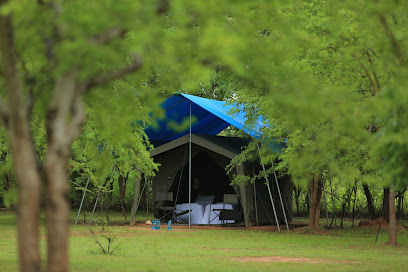
La Dolce Vita
Discover La Dolce Vita, a delightful bar and restaurant in Sigiriya, offering an exquisite fusion of local and international flavors amidst lush surroundings.
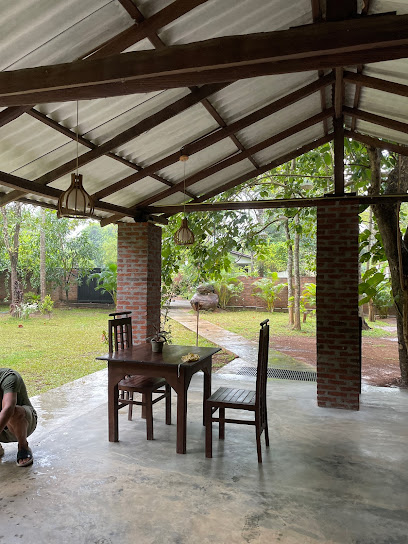
S.L.K.afé
Experience the authentic flavors of Sri Lanka at S.L.K.afé, your culinary oasis in Sigiriya's breathtaking landscape.
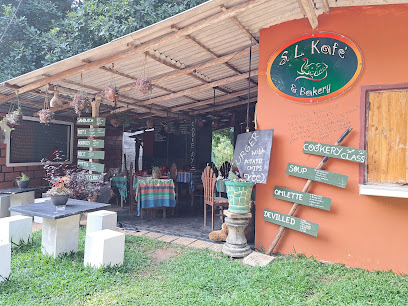
Kaluwara Restaurant (Ishy Restaurent) SIGIRIYA
Discover the rich flavors of Sri Lanka at Kaluwara Restaurant in Sigiriya, where every meal is a journey through local culinary traditions.
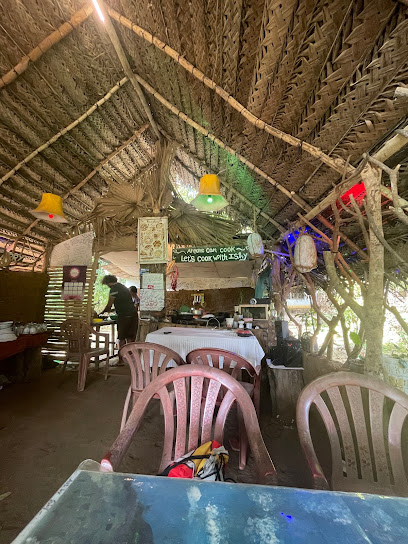
The Tea Bar Sigiriya
Discover the essence of Sri Lankan tea culture at The Tea Bar Sigiriya, a serene spot with breathtaking views of the iconic Sigiriya rock fortress.
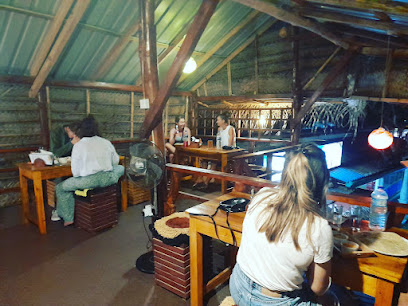
Black & White Restaurant
Experience the vibrant flavors of Sri Lanka at Black & White Restaurant, a culinary haven in Sigiriya offering a diverse menu and exceptional service.
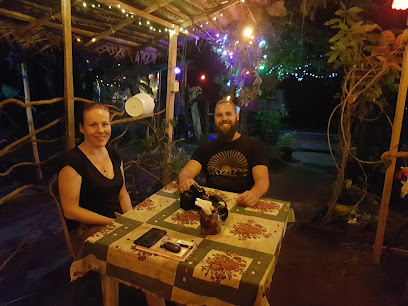
One More Bite Burgers
Experience culinary delight at One More Bite Burgers in Sigiriya, where gourmet flavors meet local charm in an unforgettable dining experience.
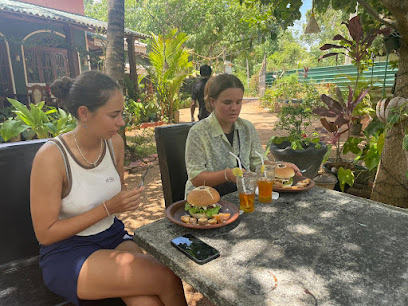
Gamiya Chill Cafe
Experience the flavors of Asia at Gamiya Chill Cafe in Sigiriya, where culinary delights meet stunning natural beauty.
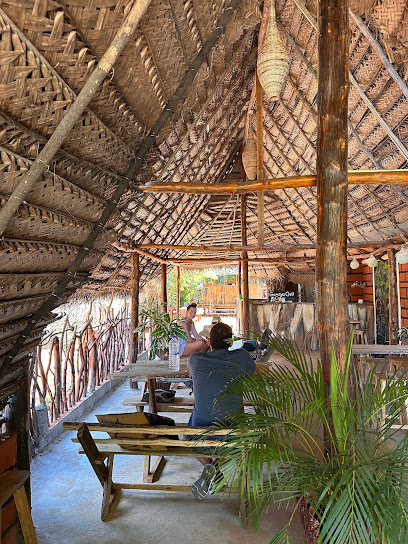
VISU VILLA BAR & RESTAURANT
Discover the culinary treasures of Visu Villa Bar & Restaurant in Habarana, where local flavors meet international cuisine in a serene setting.
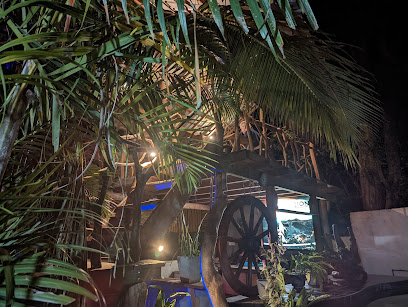
Local Phrases about Wilpattu National Park
-
- Helloආයුබෝවන්
[Ayubowan] - Goodbyeසයුරුද
[Sayuruda] - Yesඔව්
[Ow] - Noනෑ
[Nae] - Please/You're welcomeකරදෙනවා/ආයුබෝවන්
[Karadenawa/Ayubowan] - Thank youස්තූතියි
[Sthuthiyi] - Excuse me/Sorryසමාවෙන්න/කිසිවක්
[Samawenna/Kisiwak] - How are you?ඔයා කෙසේද?
[Oya kese da?] - Fine. And you?හොදටම. ඔයා?
[Hodatama. Oya?] - Do you speak English?ඉංග්රීසි කතා කරනවාද?
[Ingreesi katha karanavada?] - I don't understandමට අධ්යාපනය නැහැ
[Mata adyapanaya naha]
- Helloආයුබෝවන්
-
- I'd like to see the menu, pleaseකරුණාකර මෙනුව බලන්න
[Karunakara menyu balanna] - I don't eat meatමම මස් කෑමට නෑ
[Mama mas kāmata nae] - Cheers!සුභ උමුරක්
[Suba umarak] - I would like to pay, pleaseකරුණාකර ගෙවියාමට කැමතිමට
[Karunakara gewiyamata kamathimata]
- I'd like to see the menu, pleaseකරුණාකර මෙනුව බලන්න
-
- Help!උක්බලන්න!
[Ukbalanna!] - Go away!ඉයව්ගෙනහිනු!
[Iyawagehanu!] - Call the Police!පොලිස් කළද?
[Police kalada?] - Call a doctor!වෛරයේ වෙතද?
[Varyaye vethada?] - I'm lostමම අතුරු වෙළෙනවා
[Mama athuru welanava] - I'm illමම අස්වැල්ලුවා
[Mama aswalleluwa]
- Help!උක්බලන්න!
-
- I'd like to buy...මම ... මිලියනට අවශ්යයි
[Mama ... milinata awashyayi] - I'm just lookingමම දර්ශනට
[Mama darshanata] - How much is it?එය කොහොමද?
[Eya kohomada?] - That's too expensiveඑය ඉතා දැන්වීමක්
[Eya ita dannawimak] - Can you lower the price?මිල අඩු කරනවාද?
[Mila adu karanavada?]
- I'd like to buy...මම ... මිලියනට අවශ්යයි
-
- What time is it?දිනය කොහොමද?
[Dinaya kohomada?] - It's one o'clockඑක් වට්ටක්
[Eka wattak] - Half past (10)දෙවැනි වට්ටක් (10)
[Devani wattak (10)] - Morningඋදේ
[Ude] - Afternoonපසළ
[Pasala] - Eveningසවස
[Sawasa] - Yesterdayඊයේ
[Iye] - Todayඅද
[Ada] - Tomorrowහෙට
[Heta] - 1එක
[Eka] - 2දෙක
[Deka] - 3තුන
[Thuna] - 4හතර
[Hathara] - 5පහ
[Paha] - 6හය
[Haya] - 7හත
[Hatha] - 8අට
[Ata] - 9නවය
[Navaya] - 10දහ
[Daha]
- What time is it?දිනය කොහොමද?
-
- Where's a/the...?... කොට්ටාගෙනියති?
[... kottageniya] - What's the address?ලිපිනය කොතලා?
[Lipinaya kothala] - Can you show me (on the map)?මට පුළුවන්න (මිතුරුව මගේ)
[Mata puluwan (mithurwa mage)] - When's the next (bus)?ඊළඟ කොට්ටාගෙනියතියි?
[Elaga kottageniyatiyi] - A ticket (to ....)ටිකට් (.... වෙත)
[Ticket (.... wetha)]
- Where's a/the...?... කොට්ටාගෙනියති?
History of Wilpattu National Park
-
Wilpattu National Park, one of Sri Lanka's oldest and largest parks, has a rich history dating back to ancient times. Archaeological evidence suggests that early settlements existed within the park's boundaries, with remnants of ancient human habitation found in various locations. These early inhabitants were likely hunter-gatherers who made use of the park's abundant natural resources.
-
According to Sri Lankan legend, the park is closely associated with the arrival of Prince Vijaya, the first recorded king of Sri Lanka, in the 6th century BCE. It is believed that Vijaya and his followers landed on the northwest coast near the area now known as Wilpattu. This significant historical event marks the beginning of the Sinhalese civilization in Sri Lanka.
-
Wilpattu National Park is home to several ancient Buddhist sites, including the Kudiramalai Point, which is thought to be where Theri Sanghamitta, the daughter of the Indian Emperor Ashoka, landed with a sapling of the sacred Bodhi tree. This tree was planted in Anuradhapura and is considered the oldest historically documented tree in the world. The park's connection to Buddhist heritage adds a spiritual dimension to its historical significance.
-
During the British colonial period, Wilpattu was recognized for its unique ecological value and was designated as a sanctuary in 1905. The colonial administration's efforts to protect the park laid the groundwork for modern conservation practices. In 1938, Wilpattu was declared a national park, further cementing its status as a protected area and ensuring the preservation of its diverse flora and fauna.
-
The Sri Lankan Civil War, which lasted from 1983 to 2009, had a profound impact on Wilpattu National Park. Due to its strategic location, the park became a contested area and was closed to the public for many years. The conflict resulted in significant damage to the park's infrastructure and wildlife. Since the end of the war, efforts have been made to rehabilitate the park and restore its natural beauty.
-
Following the end of the civil war, Wilpattu National Park has experienced a revival, with increased efforts to promote ecotourism and sustainable development. The park has reopened to visitors, offering a unique opportunity to explore its diverse ecosystems, including its renowned 'villus' or natural lakes. Conservation initiatives have been implemented to protect the park's wildlife, including leopards, elephants, and a variety of bird species, making Wilpattu a premier destination for nature enthusiasts and history buffs alike.
Wilpattu National Park Essentials
-
Wilpattu National Park is located in the northwest coast of Sri Lanka, approximately 180 kilometers from Colombo. The nearest airport is Bandaranaike International Airport in Katunayake. From Colombo, you can reach Wilpattu by car or bus. The drive typically takes around 4 to 5 hours. Buses are available from Colombo to Anuradhapura or Puttalam, from where you can hire a taxi to the park entrance.
-
Within Wilpattu National Park, the primary mode of transportation is by safari jeep, which can be rented at the park entrance or through tour operators. It is recommended to book a guided tour to fully experience the park's wildlife and landscapes. For exploration outside the park, local taxis and buses are available, though renting a car might offer more flexibility.
-
The official currency in Sri Lanka is the Sri Lankan Rupee (LKR). Credit cards are accepted in some hotels, restaurants, and larger shops, but it is advisable to carry cash, especially for smaller establishments and within the park. ATMs are available in nearby towns such as Anuradhapura and Puttalam, but it is wise to withdraw sufficient cash before entering the park.
-
Wilpattu National Park is generally safe for tourists. However, standard safety precautions should be taken. Avoid walking alone at night and keep an eye on your belongings in crowded places. Although the park itself is secure, be cautious in nearby towns and avoid isolated areas. It is always best to stay vigilant and aware of your surroundings.
-
In case of emergency, dial 119 for police assistance and 110 for medical emergencies. The nearest medical facilities are in Anuradhapura, approximately 50 kilometers away. It is recommended to have travel insurance that covers medical emergencies. For minor health issues, there are pharmacies in nearby towns. Always carry a fully charged mobile phone and inform your tour guide or hotel about your whereabouts.
-
Fashion: Do wear lightweight, breathable clothing suitable for the tropical climate. Avoid bright colors that may disturb wildlife. Religion: Do respect local customs and traditions. Remove your shoes and cover your head when visiting religious sites. Public Transport: Do be respectful and patient. Public buses can be crowded. Greetings: Do greet locals with a smile or a slight bow. Handshakes are common but ask before extending your hand. Eating & Drinking: Do try local delicacies and accept food offerings graciously. Don't refuse hospitality, as it is considered impolite.
-
To experience Wilpattu National Park like a local, consider visiting during off-peak seasons for a more serene experience. Engage with local guides, as they have extensive knowledge of the park's wildlife and history. Don't miss the opportunity to witness a leopard or sloth bear in their natural habitat. For a unique experience, visit nearby villages to learn about local culture and traditions.
Trending Landmarks in Wilpattu National Park
-
Victoria Randenigala Rantembe Sanctuary
-
Sripada Peak Wilderness Sanctuary
-
Wasgamuwa National Park
-
Maduru Oya National Park
-
Somawathiya National Park
-
Chundikulam Bird Sanctuary
-
Lahugala Kitulana National Park
-
Wilpattu Nature Resort
-
Angammedilla National Park
-
Big Game Camp - Wilpattu
-
Anawilundawa Bird Sanctuary
-
Wilpattu Tree House Hotel
-
Wilpattu Wildhideaway
-
Wilpattu Safari Camp
-
Thamaravila Wilpattu - Luxury Tented Safari Chalets


